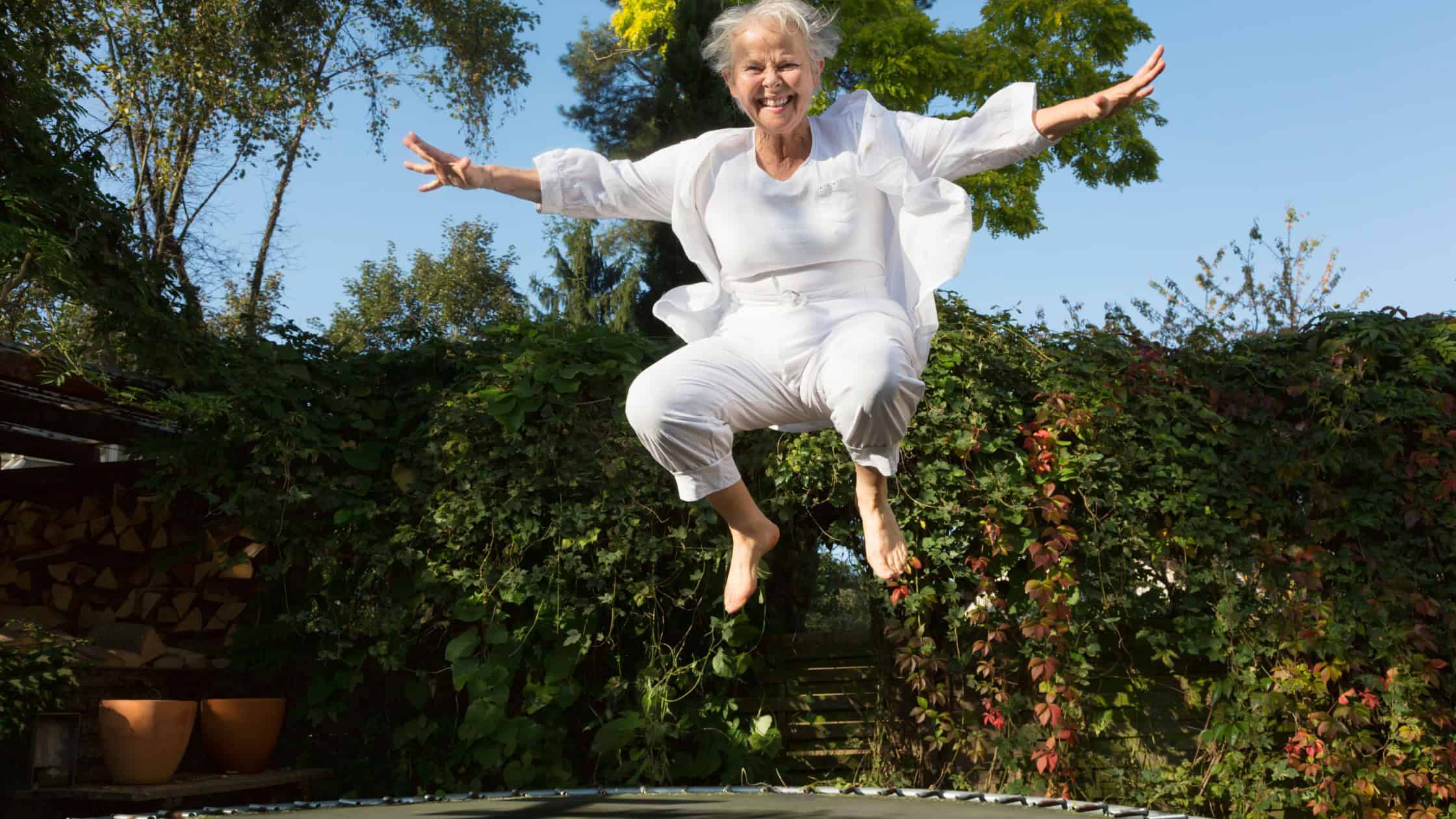The Facts About Falls For Seniors
National Injury Prevention Day is the perfect opportunity to talk about older adults and the risk of falling. One in three older adults aged 65+ falls each year, and it’s the leading cause of injury hospitalization in Manitoba, accounting for $265 million in healthcare spending. A 2017 Government of Manitoba Report on falls also found that of those hospitalized, nearly 31 percent are later transferred to personal care homes. Injuries that occur due to falls can be life-changing. For many, even the fear of falling can have life-changing effects.
The Fear of Falling Can Lead to a Self-Fulfilling Prophecy
The reality of those risks can create a palpable fear of falling that intensifies as we age, affecting up to 60 percent of older adults. And if you’ve experienced a fall or know someone who has, that fear may have already taken root. Real or perceived, the fear of falling often translates into a loss of confidence while doing everyday activities, especially anything physical. Whether it be walking to the mailbox in the morning to get the paper or rushing to answer the door, a slight trip over a loose mat could mean a broken hip and months of recovery in the hospital. For those who cherish independence and aging in place, it can be a source of stress and anxiety.
Fear Can Lead To Less Movement And Exercise
Consequently, older adults tend to cut back on physical activities. This not only lessens their quality of life but can ultimately increase their risk of falling as physical conditioning declines, reducing energy, strength and balance. In an online Psychology Today article posted in 2013, a research study on the fear of falling affirmed that “As people do less, they become less able to engage in activities. They have difficulty moving around, and their gait and balance deteriorate. This puts them at an increased risk of falling, which unfortunately means the fear of falling becomes a self-fulfilling prophecy.”
And that’s how the well-documented, vicious cycle of increasing risk begins. So, how can we break the cycle? Educating yourself and talking with your doctor to discuss risk provides the best defence against falls. There are several things that you can do today to reduce your risk of falling, and the best place to start is in your own home. According to the Government of Manitoba’s Preventing Falls webpage, here are some proactive steps to consider:
Create An Exercise Routine
In consultation with your doctor or a physiotherapist, develop an exercise plan to improve balance, muscle strength and mobility. Consider looking into local community resources like the City of Winnipeg’s Leisure Guide, as disciplines such as Tai Chi have been shown to reduce fall risk. Improved physical conditioning can go a long way in restoring confidence.
Keep Your Home Clean
Remove hazards in and around your home, like loose mats and scatter rugs.
Stay On Top of Your Medications
Review all medications with your doctor or pharmacist. Some medications can increase your risk of experiencing a fall.
Eat Well & Often
Eat regularly and ensure there is a diversity of nutrients and food groups throughout the day.
Vitamin D
Manage chronic health conditions.
Wear The Correct Shoes
Choose supportive and safe footwear.
Get Eye Checkups Regularly
Have your eyes checked regularly by your optometrist or ophthalmologist. Poor eyesight largely impacts the likelihood you will experience a fall.
Use Mobility Tools
Use assistive devices to help address sensory and physical impairments.
Consider a Medical Alert Device
And finally, consider using a medical alert service. Our service provides the subscriber with a personal help button, which connects them to a response centre 24 hours a day. A two-way voice communication unit is also installed in the home, and the subscriber can speak directly to a response associate who will then contact EMS or a friend/family member, depending on the situation. The button can give some much-needed psychological reassurance and peace of mind for the subscriber, knowing they can access help in an emergency. If the fear of falling is intensifying, Victoria Lifeline offers HomeSafe with Fall Detection, the most widely adopted fall detection technology on the market today. The button is designed to detect more than 95% of falls and can automatically* place a call for help even if you can’t.
Disclaimer
This article is meant to be informational in nature and should not replace the advice of a trained healthcare professional or financial professional. What works for some individuals, might be harmful to others. Consult a professional before making any significant changes. Fall Detection does not detect 100% of falls. If able you should always press your button if you need help. *Equipment may not detect all falls. Undetectable falls can include slow falls, falls from low heights and slides from seated positions. If able, users should always push their button when they need help.

